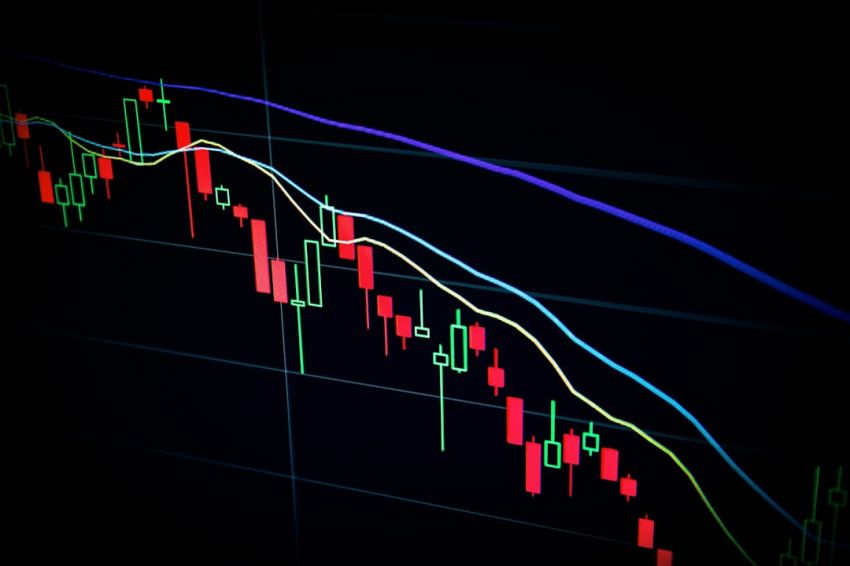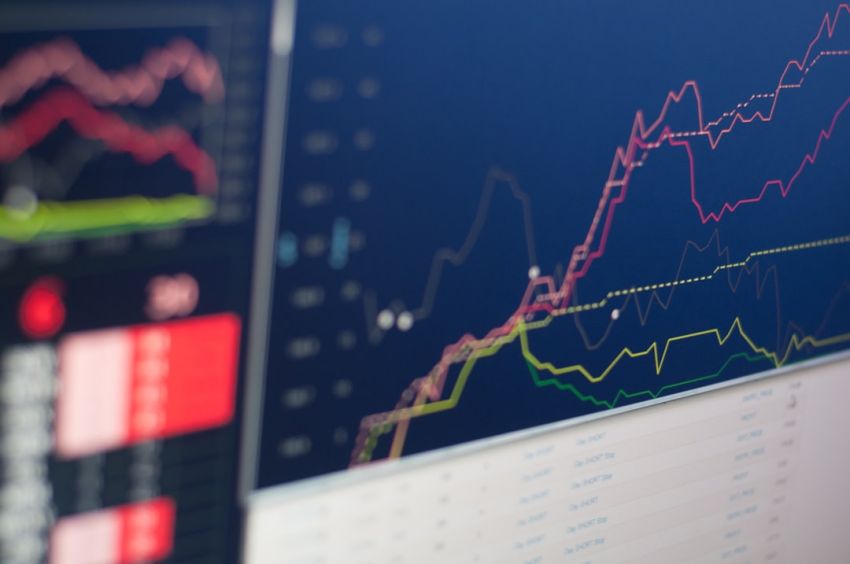Scalping and day trading are two popular trading strategies in the financial markets that aim to profit from short-term price movements. While both strategies involve buying and selling financial instruments within a single trading day, there are key differences in their approaches and objectives. Understanding these differences is crucial for traders looking to choose the strategy that best suits their trading style and goals.
### Scalping
Scalping is a trading strategy that focuses on making small profits from numerous trades throughout the day. Scalpers aim to profit from small price movements in highly liquid assets, such as currencies, stocks, or cryptocurrencies. Unlike day traders who may hold positions for several hours, scalpers typically hold positions for a few seconds to a few minutes, capturing small price fluctuations.
### Characteristics of Scalping
Scalping is characterized by its high frequency of trades, with scalpers making dozens or even hundreds of trades in a single day. This strategy requires quick decision-making and execution, as scalpers aim to capitalize on rapid price movements. Scalpers often use technical analysis and short-term indicators to identify entry and exit points for their trades.
### Pros and Cons of Scalping
One of the main advantages of scalping is the potential for quick profits, as scalpers can accumulate small gains from multiple trades. Scalping also allows traders to avoid overnight market risk, as all positions are closed by the end of the trading day. However, scalping requires a high level of focus and discipline, as well as a reliable and fast-paced trading platform to execute trades efficiently.
### Day Trading
Day trading is a broader trading strategy that involves buying and selling financial instruments within the same trading day. Day traders aim to capitalize on intraday price movements and typically hold positions for a few hours to the entire trading day. Day trading can be applied to various financial markets, including stocks, futures, options, and forex.
### Characteristics of Day Trading
Day trading requires traders to closely monitor market trends and news throughout the trading day to identify potential trading opportunities. Day traders often use technical analysis, chart patterns, and trading indicators to make informed decisions about when to enter and exit trades. Unlike scalpers, day traders may hold onto positions for longer periods to capture larger price movements.
### Pros and Cons of Day Trading
One of the main advantages of day trading is the potential for higher profits compared to scalping, as day traders can capture larger price movements over the course of a trading day. Day trading also allows for more flexibility in trading strategies and risk management. However, day trading carries overnight market risk, as positions are not closed by the end of the trading day, exposing traders to potential gaps in price when the market reopens.
### Choosing the Right Strategy
The choice between scalping and day trading ultimately depends on a trader’s risk tolerance, trading style, and objectives. Scalping may be more suitable for traders who prefer quick, frequent trades and have a high tolerance for market volatility. On the other hand, day trading may be preferable for traders who can dedicate more time to monitoring the markets and are comfortable with holding positions for longer periods.
### In Summary
Scalping and day trading are both popular trading strategies that aim to profit from short-term price movements in the financial markets. While scalping focuses on making small profits from rapid price fluctuations through high-frequency trading, day trading involves buying and selling financial instruments within the same trading day to capture larger price movements. Traders should carefully consider their trading goals and risk tolerance when choosing between these two strategies to optimize their trading performance and achieve their financial objectives.










